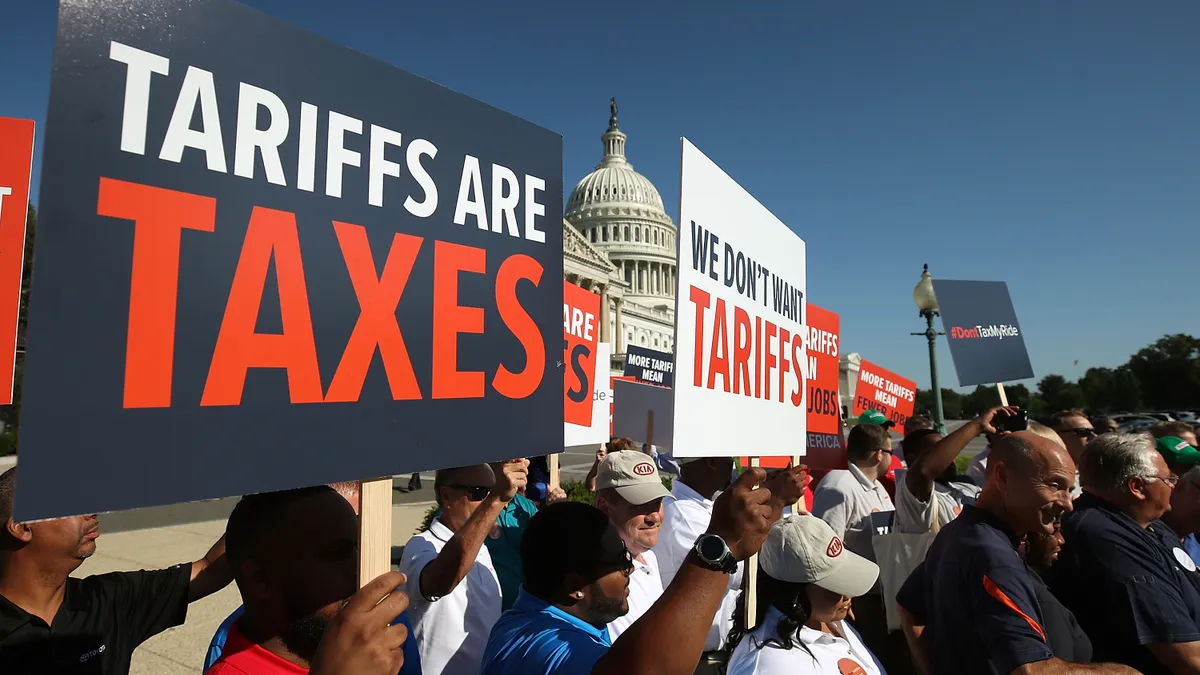The U.S. Trade Representative extended existing tariff exclusions on 352 products from China that were slated to end at the end of 2022.
The exclusions had been reinstated in March. The latest extension, announced on Friday, will last an additional nine months
The products are exceptions made to tariffs on imports from China instated by the Trump Administration in 2018. The tariffs were enacted through a “Section 301 Investigation” that found the country’s policies and practices around technology transfer and intellectual property were unreasonable and discriminatory.
Exempted products include everything from rear view mirrors to laminated bamboo.
Among the industry groups weighing in, the American Apparel & Footwear Association issued a statement Friday praising the extension.
"While this is an important step to rein in inflation, there is still much that the administration can do to help the American economy,” AAFA President and CEO Steve Lamar said in the release. “Tariff costs have been a primary concern for the apparel and footwear industry for years now.”
Lamar also noted that the Biden administration has collected “far more" revenue from industry under the Section 301 tariffs than the Trump administration.
A report this year from the Congressional Research Service noted concerns around the exemptions, with some legislators questioning “USTR’s ability to ‘pick winners and losers’ through granting or denying requests or have pushed for broad tariff relief amid concerns about the negative impact of tariffs on the U.S. economy.”
In its statement Friday, the USTR said that the latest extension “will help align further consideration of these exclusions with the ongoing comprehensive four-year review” of the Section 301 tariffs.
Comments on the tariffs are open through Jan. 17. As part of the review, the USTR is exploring the tariffs’ impact on “U.S. workers, U.S. small businesses, U.S. manufacturing, critical supply chains, U.S. technological leadership, and possible tariff inversions,” the USTR office said in October.
Here’s a look at some of the previous developments and coverage of the Section 301 tariffs and their impact on supply chains.














